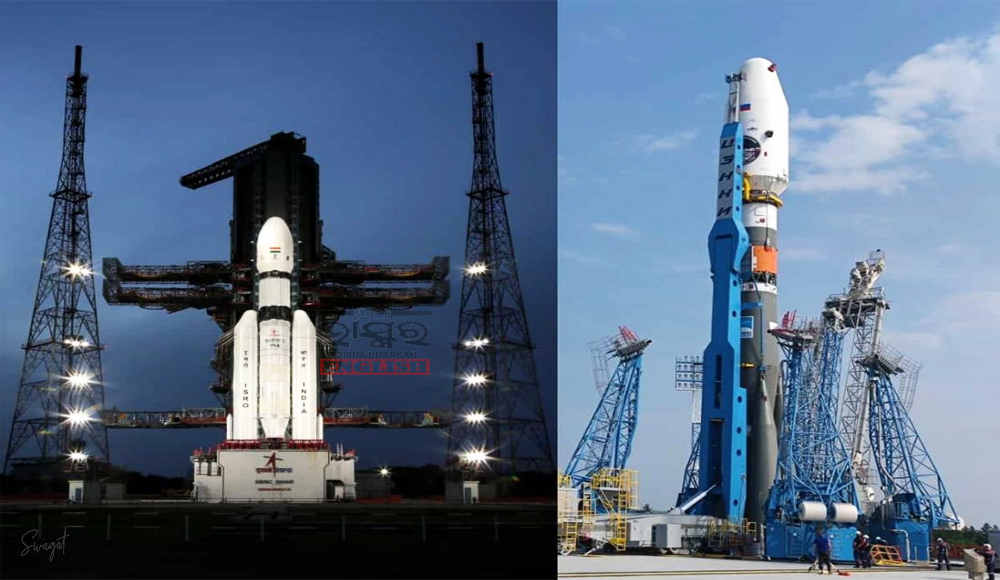India’s Chandrayaan-3, launched on July 14, is set for a lunar landing attempt on August 23. Meanwhile, Russia’s Luna-25, its first moon-landing rocket in 47 years, is expected to land on August 21, two days before Chandrayaan, even though Chandrayaan entered lunar orbit on August 5, well before Luna-25’s launch.
The apparent delay in Indian missions is not due to engineering but primarily tied to fuel efficiency. India’s budget constraints drive cost-effective engineering, and its launch vehicles, like PSLV (used for Mangalyaan) and GSLV/LVM3 (Chandrayaan-2, 3), are smaller than counterparts like Atlas V and Roscosmos’s Soyuz (Luna missions). PSLV, for example, can carry 3,800 kg to LEO and 1,200 kg to GTO, while Atlas V carries much more.
In contrast to direct flights to Mars by Atlas V, Indian missions require orbit-raising manoeuvres around Earth. This conserves fuel by leveraging Earth’s gravity for height gain before breaking away to interplanetary destinations. For instance, MAVEN, launched after Mangalyaan, reached Mars orbit earlier due to its faster exit from Earth orbit.
A similar situation arises with Luna-25 and Chandrayaan-3. Luna-25 launched five days after Chandrayaan-3 began lunar orbiting, with Chandrayaan executing orbit-raising manoeuvres to achieve the right lunar orbit. Luna-25 aims for a direct 100km circular orbit around the moon, followed by a soft landing on August 21. Chandrayaan-3’s lander module is scheduled for a landing attempt on August 23 after a series of orbit-lowering manoeuvres.
This approach helps India save costs, emphasizing efficient use of fuel while delivering successful interplanetary missions. By optimizing these techniques, India achieves its space goals within budget constraints.




Comments are closed.